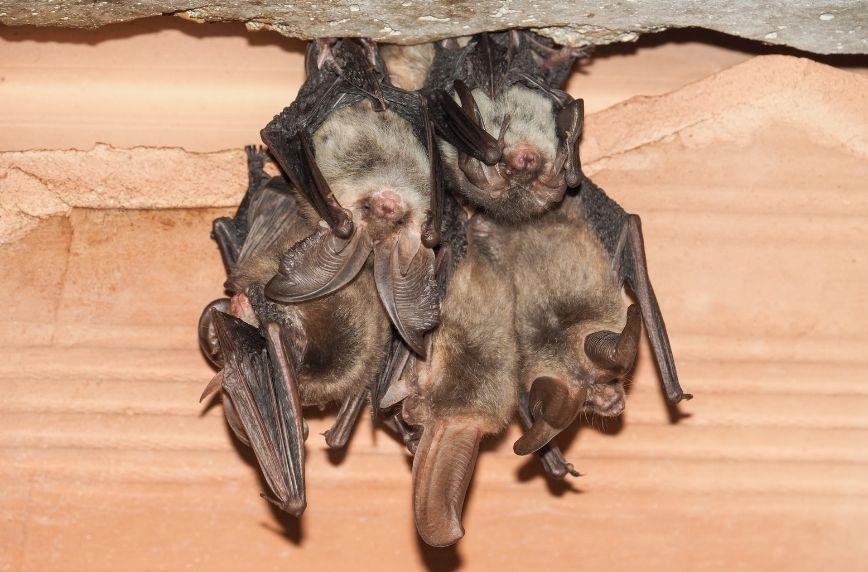What Dangers Are Lurking In Your Attic? | Billy.com


What dangers are lurking in your attic? You might not want to go looking for trouble, but you should beware of any potential problems upstairs.
Homeowners don’t need more things to worry about—but ignoring potential problems isn’t the answer. What dangers could be lurking in your attic? Don’t overlook any trouble at the top.
Pesky Animals
Unless it was your plan to let these guys live rent-free in your home, you should make it clear that they’re not welcome. The usual suspects include:
Rats
They get cold in the winter, just like us—but unlike us, rats like to cozy up near the roof. They can gnaw through just about anything, so seal off any holes or set up some rat traps.
Mice
They’re slightly better looking than rats, but no more desirable as companions. You can discern which you’re dealing with by their droppings: rats leave shapes like curved sausages, while mice droppings resemble brown rice.
Squirrels
If you’re hearing noises in the attic during the daytime, it’s likely to be squirrels. Because they’re larger, they can cause more damage than rats or mice, such as chewing through electrical wires. If you’re squeamish, you can have them relocated by professionals.
Bats
You might not hear them, but you’ll see—and smell—their droppings. If you happen across small dark pellets accumulating in the attic, back away and call a specialist. Bat droppings can lead to diseases, so make sure you sanitize the area, too.
Mold and Mildew
Attics are susceptible to moisture because cold air from outside will meet with rising warm air inside that’s humid due to cooking, showering, and so on. The condensation can drip and turn into toxic mold. Pay attention for musty smells and any discoloration on floors and walls. A few of the risks are:
- Spreading mold, even through walls.
- Airborne mold spores that can cause allergic reactions, eye irritation, and eventually trouble breathing. Mold-related infections can even enter the bloodstream and cause fungal arthritis.
- Rotting wood components that are part of the roof’s structure.
The mold could have been caused by a number of issues: blocked vents, leaking pipes, overflowing air-conditioning condensate pans, or humidity alone. Don’t forget that mold thrives in the darkness, so come equipped with a flashlight.
Asbestos Insulation
If your home was built before the 1980s, you owe it to everyone living in it to rule out asbestos. Asbestos was commonly used as insulation, especially in basements and attics. It seemed like a good idea at the time; asbestos resists fire and absorbs sound. Unfortunately, the fibers are now classified as a carcinogen. We learned that if they’re stirred up and inhaled, they could lead to a number of lung diseases—even mesothelioma, a terminal form of cancer.
Now that you’re fully alarmed this danger could be lurking in your attic, you can relax a little: even if there’s asbestos in your attic, if it hasn’t been disturbed, you’re not imminently at risk. You might recognize it in the insulation as a fluffy, gray-brown substance. But if you suspect its presence, don’t investigate too closely. It’s best to contact a licensed abatement company to check it out.
